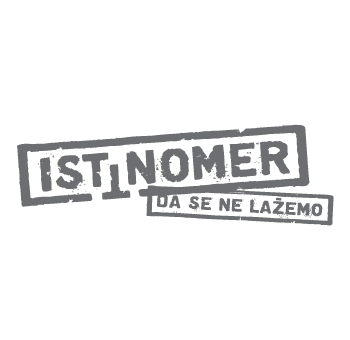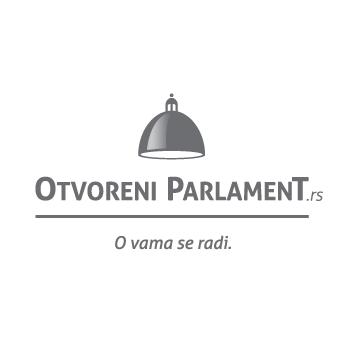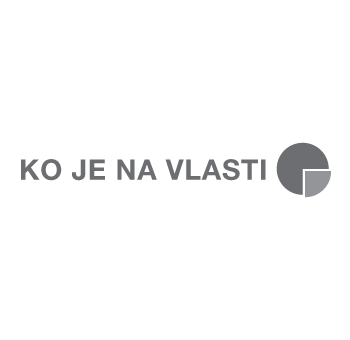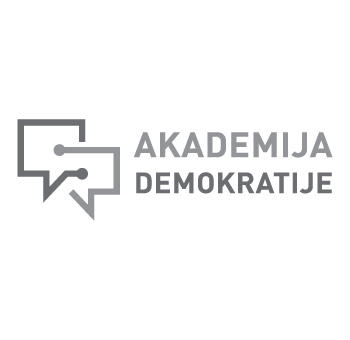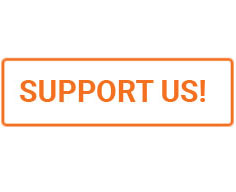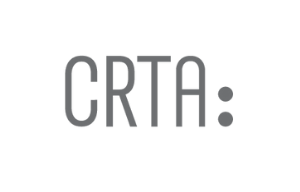CRTA Media Monitoring: Anti-West Side Story – Monitoring of Foreign Influence, July 2022 – June 2023
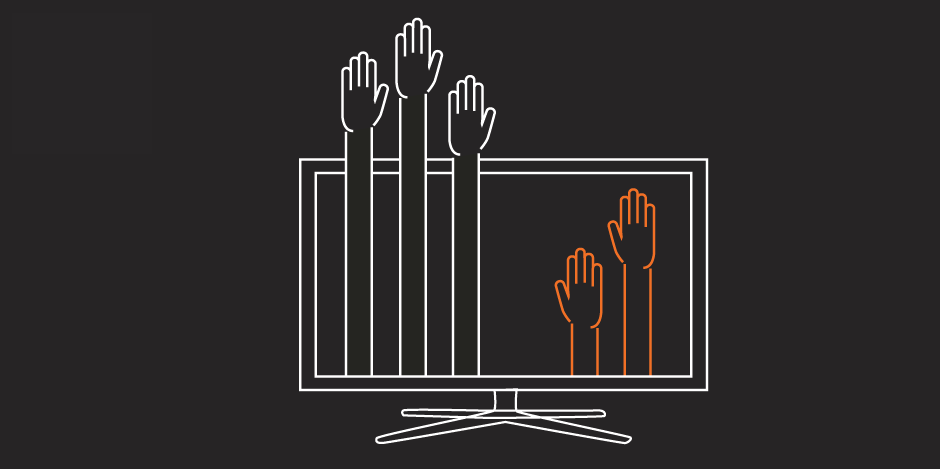
Media, globally, bore witness to a series of unprecedented events in the past year – from developments related to Russia’s continued war in Ukraine to rising tensions between the US and China. Among these and a plethora of other politically-significant events, how did the Serbian media scene manage to position themselves? CRTA media monitoring of foreign influence attempts to explain this through the lens of the media’s objectiveness, or lack thereof, when reporting on foreign actors.
The findings indicate that the Serbian media continue playing into the East–West dichotomy and the patterns of media reporting strongly influence, and are influenced, by this divide.
Over the past six years, the Serbian media landscape has become unambiguously condemnatory of Western entities (EU, US and NATO). The anti-Western rhetoric has permeated public discourse and witnessed a steady increase in the Serbian media, while the less prevalent pro-Western reporting is on the decline. Albeit the increase in anti-Russian reporting in 2022, the pro-Russian reporting strongly outweighs the more critical portrayals of Russian actors. Even with the start of the war in Ukraine, Russia enjoyed a predominantly positive portrayal (Chart 1).

Fostering aversion to the West
When examining the media’s portrayal of Western entities, on their own or all together, it can be concluded that the EU, US and NATO are all dominantly presented in a negative light, across different media. NATO is the actor least frequently presented in a positive light. Meanwhile, the EU and US are given more media attention, the large majority of which is negative media attention (Chart 2).

Western actors are dominantly presented in relation to the topic of Kosovo. In terms of the type of media outlet, Western actors can be subjected to drastically negative portrayals. Across the board, the most watched television channels with national terrestrial coverage, report on the West the most negatively. For example, the negative reporting on the EU on TV is almost nine times more frequent than the positive reporting.
Televisions, online portals and printed dailies all contribute to, and participate in, fostering negative sentiments and animosity towards the West. One manner of doing so is through the employment of deceptive and manipulative messaging. Over the past 12 months, 69% of all media pieces identified as possibly containing information manipulation were simultaneously anti-Western (see Chart 3).
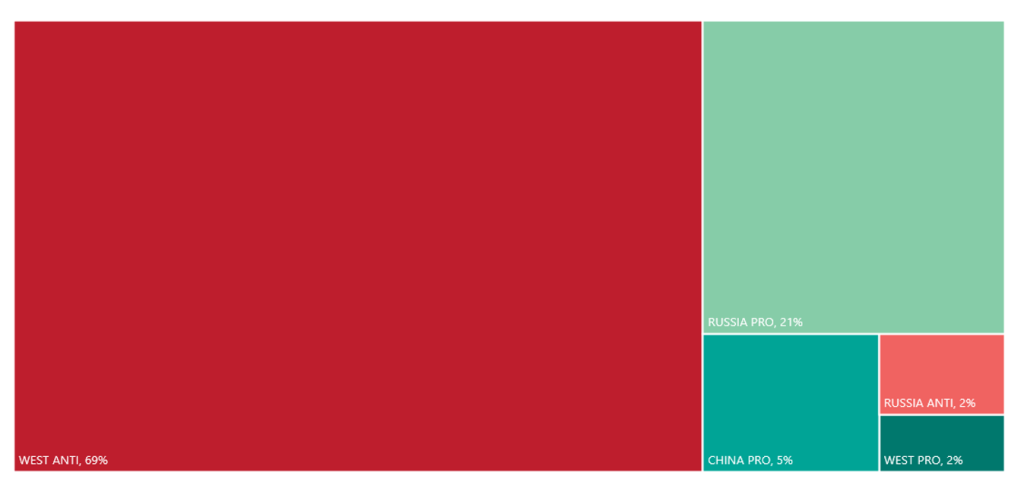
On the Russian track
Russia and actors associated with Russia enjoy a rather unique position in the Serbian media. One testament being that Russia is the absolute forerunner in media mentions, with more than 16,000 mentions over the past 12 months. Less media attention, in comparison, is placed on other foreign entities. Television channels, which remain the most influential and consumed channel of communication, have had the highest share of pro-Russian and anti-Western oriented media pieces. The media, thus, by the sheer number of mentions and the fact that Russia is dominantly presented in a positive light fosters proximity to Russia.
The mentions of Russia increased during the months when crises associated with Russia occurred. Even then, the positive tone prevailed, outweighing the relatively less common negative portrayals. The positive tone is detectable in relation to the most dominant topics and subtopics subjected to monitoring – war in Ukraine, Kosovo, energy and economy (Chart 4).

Alongside Russia, China is also presented positively in relation to these topics. However, while it is relatively less visible in the media, China is the foreign actor most dominantly presented in a positive light across a range of topics and across outlets. Out of all media pieces identified as containing information manipulation, the ones containing pro-Chinese sentiments are the third most-common (see Chart 3 above).
In addition, every fifth media piece that was identified by CRTA’s media monitors as pro-Russian also contained possible information manipulation (see Chart 3 above).
Events as triggers
Certain events have prompted more drastic portrayals of foreign actors. On the occasion of Russia’s annexation of four Ukrainian territories in September 2022 and Xi Jinping and Vladimir Putin’s meeting in March 2023, the positive reporting on Russia peaked. Similarly, in the period from February to April 2023, China was reported on positively due to its peace initiative for Ukraine.
Even though the EU and US are mostly reported on in a neutral light, the negative portrayals outweigh the positive. As for the EU, the negative portrayal was the strongest in October 2022, especially in relation to new pressures in the Belgrade-Pristina dialogue and the supposed energy crisis in the EU which is framed as the result of sanctions against Russia. In the case of the US, the most negative portrayal came about in March and April 2023 in light of developments in the war in Ukraine and international politics and less so in relation to Serbia’s domestic politics.
Methodology
CRTA’s media monitoring of foreign influence is carried out daily by a team of highly-trained media monitors.
The sample includes four of the most-read newspapers (Blic, Informer, Kurir and Večernje novosti), the news published between 17:00h – 23:00h on the four of the most visited online portals (blic.rs, b92.net, kurir.rs and novosti.rs), central news and the press clipping segment in morning shows on the most-watched television channels with national terrestrial coverage (RTS 1, TV Pink, TV Prva and Happy TV).
The focus of the analysis is on the tone of reporting about five foreign entities: the EU, the US, NATO, Russia and China. The tonality of reporting is measured on a three-point scale, ranging from negative to positive, where the negative tone reflects unfavorable reporting on foreign entities, the neutral tone implies presenting facts without offensive or affirmative reporting, and the positive tone reflects affirmative or positively biased reporting on the mentioned foreign actors.
The unit of analysis is mentions in media pieces, while the topics of analysis are Politics, Military, Economy, Kosovo, Past conflicts 1990-99, Culture, Human Rights and Health.
The total number of media pieces analyzed in the period from 01 July 2022 to 30 June 2023 is 32,958.
